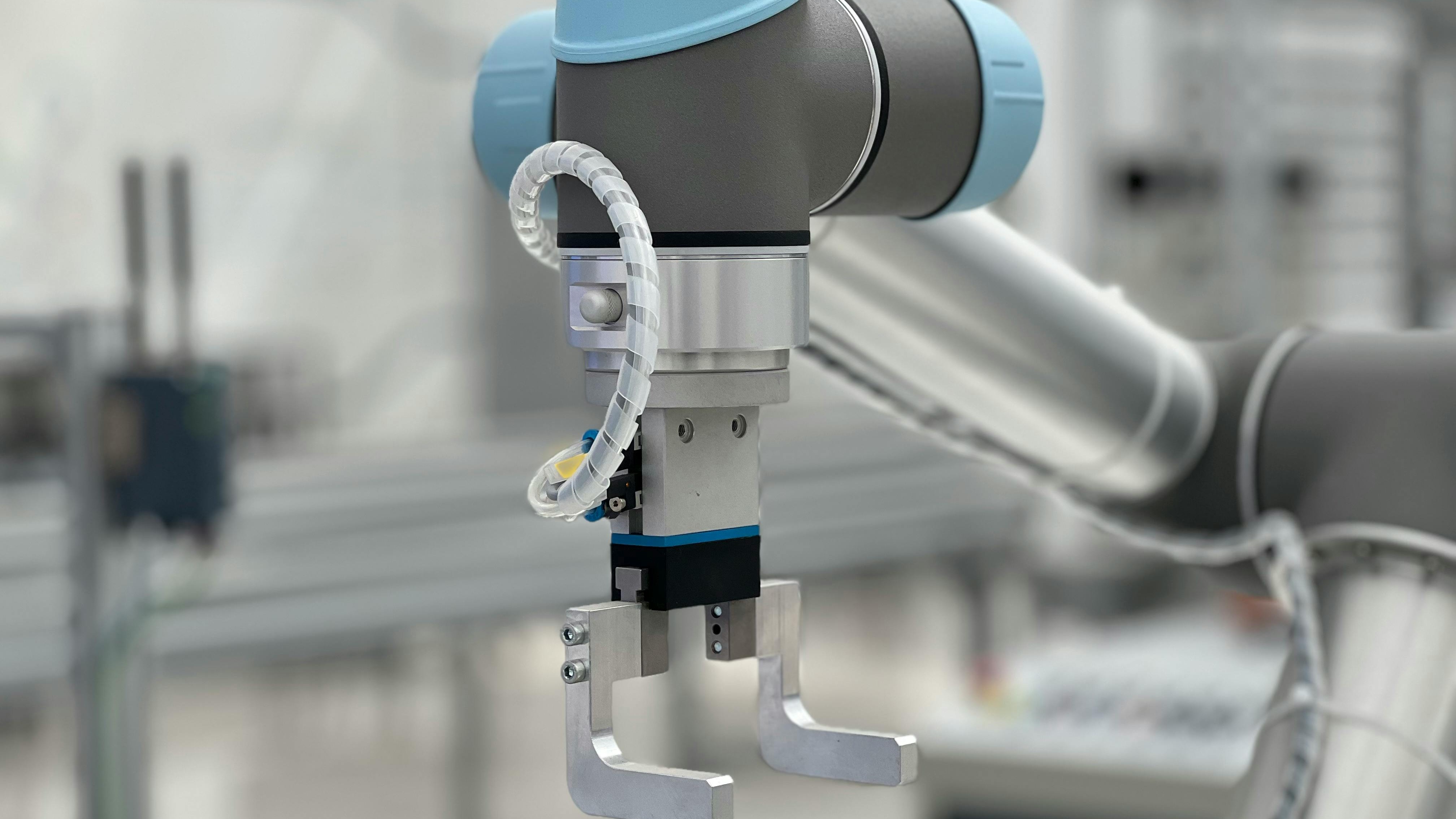
Unlocking the Future of Healthcare: Evaluating Large Language Models
As technology continues to evolve, large language models (LLMs) emerge as game-changers within the healthcare sector. With their ability to support clinical decision-making and manage patient communications, LLMs are reshaping traditional practices. However, how we evaluate their effectiveness remains critical and is currently under scrutiny.
Rethinking Evaluation Criteria for Clinical Applications
A latest study highlights that while LLMs are performing remarkably well on standardized medical exams, this does not assure their clinical readiness. A mere 5% of assessments utilized actual patient data, indicating a significant gap in understanding how these models can function in real-world scenarios. By developing measures that account for practical applications in healthcare settings, stakeholders can ensure the deployment of technology that truly benefits clinical operations.
The Holistic Evaluation of Language Models (HELM)
To tackle these issues, Stanford's Center for Research on Foundation Models has established the HELM framework. This framework allows the continual evaluation of LLMs, ensuring that their applications remain relevant and effective as healthcare evolves. Recently, this has been enhanced to create MedHELM—a specialized version that targets medical use cases by collaborating with healthcare professionals to identify diverse, applicable scenarios.
Key Categories of Evaluation
MedHELM organizes its evaluations into five main categories, ensuring broad coverage that reflects the actual needs of healthcare providers. These categories include Clinical Decision Support, Clinical Note Generation, Patient Communication, Medical Research Assistance, and Administration. This taxonomy ensures that all important aspects of healthcare are assessed, thus facilitating a comprehensive integration of AI into medical workflows.
Implications for the Future of AI in Healthcare
As AI tools become increasingly embedded within healthcare systems, understanding their real-world capabilities will be pivotal in driving effective executive AI strategy and digital transformation. Health leaders must prioritize evaluations based on real patient interactions and outcomes, thereby actively shaping the future of AI in medicine. This approach not only increases trust but also enhances the productivity tools powered by AI.
Acknowledging these advancements allows healthcare decision-makers to embrace emerging technologies confidently. In a rapidly advancing digital landscape, the fusion of AI with ethical leadership practices will ensure that innovations promote both productivity and meaningful impact on patient care.
 Add Row
Add Row  Add
Add 




Write A Comment